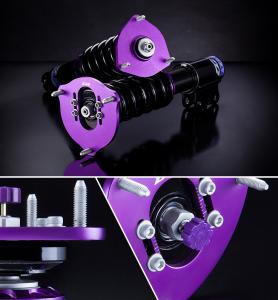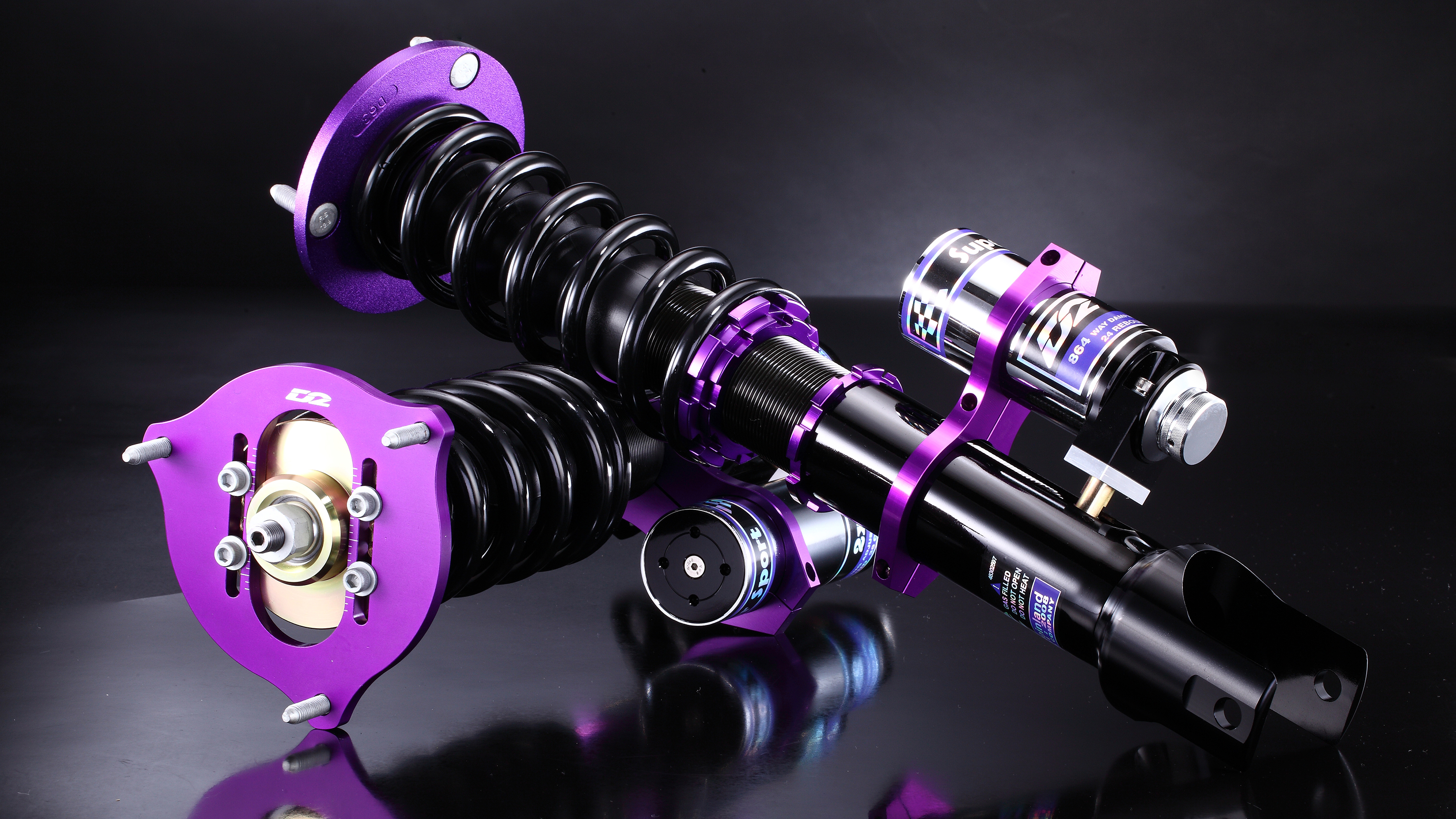Installing Coilovers on your car or truck can substantially boost the ride quality, handling, and efficiency of one's vehicle. If you are looking to enhance your operating knowledge, this manual may walk you through the steps to install coilovers correctly while ensuring security and functionality.
What Are Coilovers?
Coilovers are a combination of a coil spring and shock absorber, stored together as you component. They allow car lovers to regulate the journey level, stiffness, and damping of the car, creating them a well known adjustment for equally block and monitor use. Before beginning the installment, guarantee you have selected the correct coilovers tailored to your car or truck make and model.

Resources You'll Need
Before you begin, collect the necessary resources to really make the method efficient and secure:
Port and port stands
Torque wrench
Plug collection
Spring compressors (if needed)
WD-40 or perhaps a corrosion penetrant
Rubber mallets and screwdrivers
Double-check your vehicle's requirements and concur that you've everything expected to complete the job.
Step-by-Step Manual to Installing Coilovers
1. Prepare Your Vehicle
Begin by parking your car or truck on a flat, secure surface. Interact the parking brake and guarantee the jack stands are safely set up to prevent incidents throughout installation. Raise the car using a hydraulic port and take away the wheels at all four corners.
2. Take away the Old Suspension
Making use of your outlet collection, locate the products holding your overall shocks, struts, and rises in place. Use decay penetrant if bolts look difficult to loosen. After the screws are removed, you need to be in a position to get the suspension components carefully. Hold pieces prepared just in case you require to look back for reference.
3. Install the Coilovers
Align the increasing items of the coilovers with the supports on your car. Protected them set up utilising the screws provided by the manufacturer. Be sure to follow the torque specifications that include the instructions; over-tightening or causing screws free could bargain safety.
4. Regulate Level and Preload
Many coilovers offer change rings to set experience level and preload. Utilising the presented instruments, change the options to your preferred measurement, ensuring enough settlement for driveability without compromising performance.
5. Check All Screws and Associations
Before finishing up, review every secure and connection to make sure they're secure. A loose secure all through function could lead to significant issues on the road.
6. Reinstall Wheels and Check Drive
After the coilovers are fitted, position the wheels straight back on and lower the car. Get the car for a brief check travel to familiarize your self with the new setup. Listen for any strange disturbances and recheck screws after the drive.

Fine-Tuning for Optimum Efficiency
The sweetness of coilovers is their adjustability. Following installment, spending some time fine-tuning the stiffness, damping, and journey top to accommodate your preferences, whether you prioritize track-level performance or a relaxed daily drive.
Adding coilovers on your car is a worthwhile project that elevates both appearance and performance. With this particular manual, you are able to confidently undertake the procedure and appreciate remarkable managing on every drive. Remember, safety always comes first, therefore spend some time, double-check every step, and do not hesitate to consult an expert if needed. Pleased driving!
